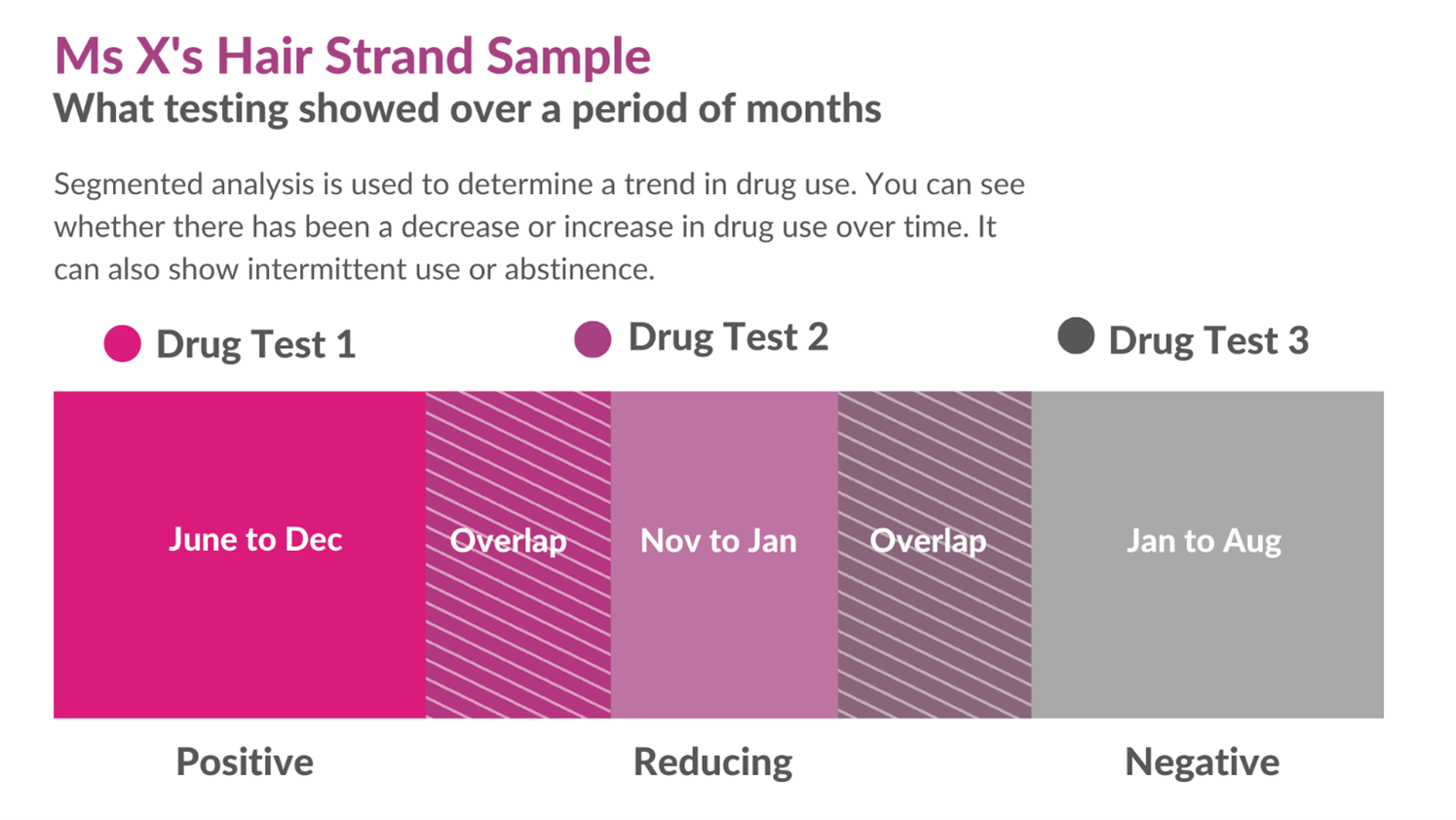Welcome to the first in our series of long reads where we periodically examine drug and alcohol testing cases which involve our laboratory. With the opening up of family courts in child cases and reporting, we thought it would be good to highlight a case we were involved with.
A young mother with a child – Ms X – was initially rushed to hospital due to injuries from a road traffic accident. The car was driven by her partner who had absconded from the crash.
Police investigating at the scene found a quantity of Cocaine hidden inside the car and in the belongings of the mother. The mother was admitted for treatment at a nearby hospital.
A drug test was undertaken which proved positive for a range of substances. We believe that the child was then deemed at risk and immediately taken into emergency care by local authority social services teams.
It later transpired the mother had been trafficked across mainland Europe – so safeguarding plans were put into place to protect both the mother and child. While Ms X was recovering, the council applied to the court to establish access and custody for the child.
Court case and court ordered drug test
After hearing the case, the judge ‘court-ordered’ Ms X to undergo further drug testing, to determine the child’s future placement. The judge wished to know – as per the order – whether the mother was still taking drugs.
She claimed she had been spiked with substances by her partner and had stopped using drugs. What the results would show, would have a life-long lasting effect on the relationship with her daughter.
Cansford Laboratories was contacted by Ms X’s solicitor, who instructed us to undertake hair strand testing as per the court order.
Drug types
The court order stipulated testing for Cocaine, Cannabis, Ketamine, MDMA, Opiates, Hypnotic Sedatives, Methamphetamine, and other drugs within an 11-drug panel screening.
We arranged for one of the Cansford sample collectors to meet Ms X to collect a hair sample.
The collector took a strand of hair the width of a shoelace – and from a place on the scalp undetectable by Ms X (or anyone else), which is Cansford’s special method of collecting hair.
Arrival at our lab
The sample envelope arrived at our laboratory the next morning by recorded delivery.
Once a sample is receipted, the clock starts ticking and Cansford’s goal is to get the results to all instructing solicitors – including Ms X’s – within three working days.
The chain of custody for the sample was found to be intact – the sample envelope hadn’t been tampered with – so staff began processing and analysing the barcoded sample to track its journey through the lab.
The hair was prepped into lengths to run through our lab instruments – known as liquid chromatography tandem mass spectrometry (LCMS/MS) – which ultimately determines all results.
Ms X’s results were placed on Cansford’s database and interpreted by the Reporting Scientist, then the results were forwarded to Ms X’s solicitor.
Ms X’s hair sample – and what it told us
Our collectors visited Ms X three times to collect three different hair samples over several months as ordered by the court. The first sample pack was tested for a 6cm hair strand to be sectioned month by month covering June-Dec.
The second sample pack was tested for a 2cm strand to be sectioned month by month covering Nov – Jan.
The third sample pack was tested for a 7cm strand to be sectioned covering Jan to Aug – almost one year on from the car accident. One centimetre of hair from the scalp generally equals one month of growth.
In test 1 we found a wide variety of drugs – at high levels – including cocaine, in the hair. While Ms X claimed she had been unknowingly been force-fed drugs for some time, we couldn’t substantiate that claim (nor would we, as an independent and impartial testing laboratory only concerned with drug and alcohol testing).
The second test couldn’t prove abstinence conclusively, but it was suggestive of abstinence, which is what the court was looking for over such a short time after the first test result.
In the final test #3, the hair strand revealed drugs were not detected and proved Ms X’s abstinence.

The results
The results – suggesting a taper of use and abstinence – were forwarded to Ms X’s acting solicitor who ultimately sent the report to the judge. Cansford’s reporting scientists and laboratory manager were also on hand to offer further interpretation of the results, and act as expert witnesses, should the court require it.
In conclusion
Cansford cannot confirm the outcome of Ms X or her child’s court case. However, in this instance we sincerely hope that Ms X and her child have a positive outcome and they remain free from human trafficking. We send them our very best wishes for a safe and happier life in the future.